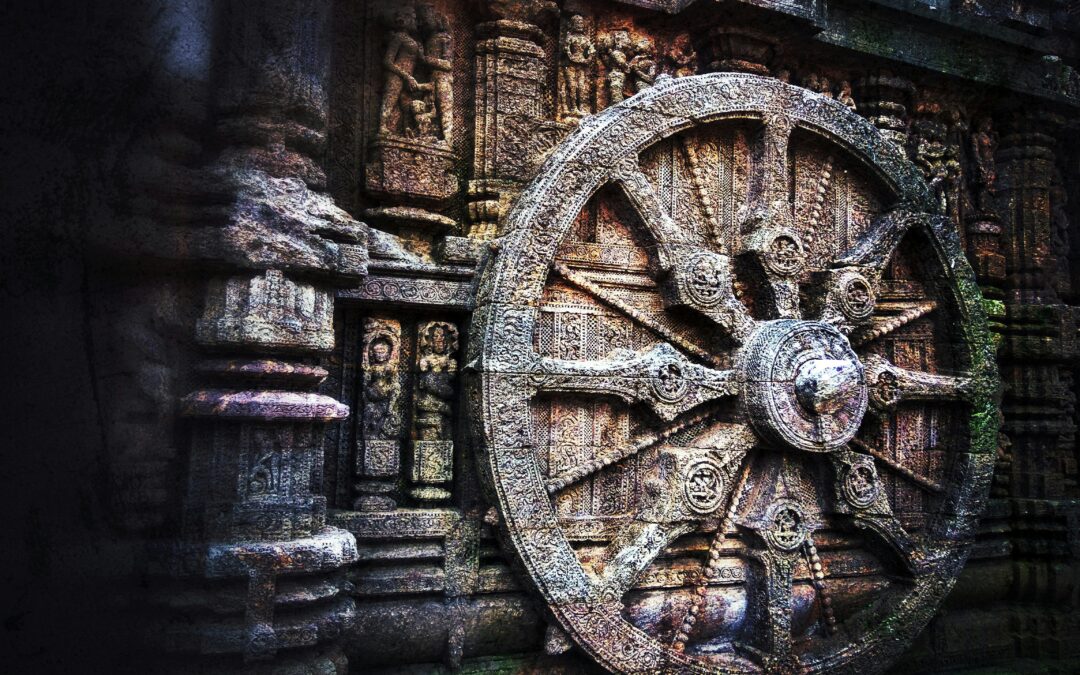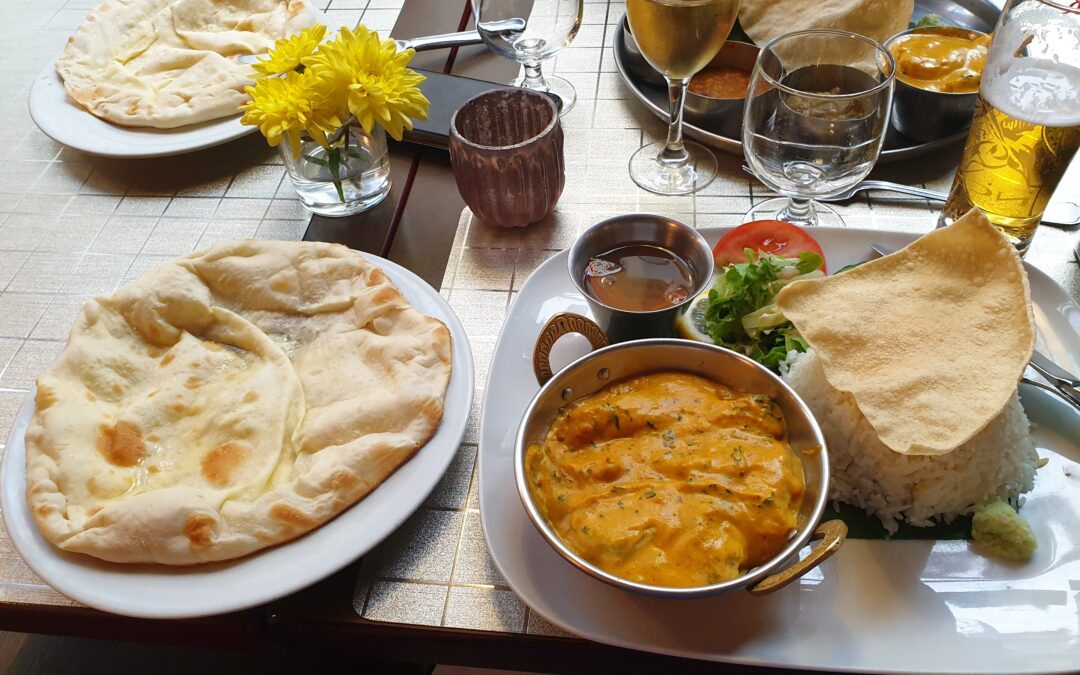Exploring Japan: A Journey Through History, Culture, Food, Architecture, and Technology.
Click here to know more.
Introduction
Welcome to the Land of the Rising Sun, a nation where ancient traditions seamlessly blend with futuristic innovation. Japan, an island country in East Asia, is a place of profound historical depth, rich cultural heritage, and groundbreaking technology. From its historic temples and serene landscapes to its bustling cities and cutting-edge advancements, Japan offers a unique and multifaceted experience that captivates travelers and researchers alike. In this exploration, we delve into the captivating history of Japan, immerse ourselves in its vibrant culture, savor its renowned cuisine, uncover its tribal destinations, marvel at its architectural wonders, and witness its technological prowess. Join us on a journey through Japan’s multifaceted identity and discover what makes this remarkable country truly exceptional.
Table of Contents
A Glimpse into Japan’s Rich History 📜
Japan’s history is a captivating tapestry woven with threads of ancient traditions, feudal battles, and rapid modernization. The story begins with the Jomon period (14,000–300 BCE), marked by the creation of intricate pottery and early agricultural practices. This was followed by the Yayoi period (300 BCE–300 CE), which introduced rice cultivation and metalworking. The Nara (710–794) and Heian (794–1185) periods were pivotal, as Japan established its imperial court and cultural foundations, including the development of written scripts and classical literature.
During the medieval period, Japan witnessed the rise of the samurai warrior class and the establishment of feudal rule under the Tokugawa shogunate (1603–1868). This era was characterized by strict social hierarchies and isolationist policies, which preserved Japan’s unique cultural identity. The arrival of Commodore Perry from the United States in 1853 and the subsequent Meiji Restoration of 1868 marked a dramatic shift. Japan embarked on a path of rapid modernization, industrialization, and westernization, transforming from a secluded island nation into a global power.
The 20th century brought both triumph and tragedy, including Japan’s involvement in World War II and its post-war economic miracle. The country emerged as a technological and economic powerhouse, blending traditional values with modern advancements. Today, Japan’s rich history is reflected in its historic sites, such as the ancient temples of Kyoto, the traditional gardens of Tokyo, and the preserved samurai residences. These historical landmarks serve as a testament to Japan’s enduring legacy and its continuous evolution.
Cultural Tapestry of Japan 🎌
Japan’s cultural landscape is a harmonious blend of ancient traditions and contemporary influences, creating a unique and vibrant identity. Traditional Japanese culture is steeped in practices such as tea ceremonies, which embody the principles of harmony, respect, purity, and tranquility. The art of calligraphy, or shodo, showcases the beauty of Japanese writing through brush strokes and ink, while ikebana, the art of flower arranging, reflects the principles of balance and simplicity.
Festivals play a significant role in Japanese culture, offering glimpses into the country’s rich heritage. Hanami, or cherry blossom viewing, is a beloved tradition where people gather to appreciate the fleeting beauty of cherry blossoms. Gion Matsuri, held in Kyoto, is one of Japan’s largest and most famous festivals, featuring elaborate floats and traditional processions. These events not only celebrate the changing seasons but also bring communities together.
Contemporary Japan is equally dynamic, with global influences evident in pop culture phenomena like anime and manga. Japanese fashion, from streetwear to high couture, has made a significant impact on global trends. The blending of traditional and modern elements is a hallmark of Japanese culture, seen in everything from architecture to daily life. Japanese etiquette, including bowing and a deep appreciation for silence, underscores the cultural emphasis on respect and social harmony. This cultural richness attracts millions of visitors each year, eager to experience the unique blend of old and new that defines Japan.
A Culinary Odyssey: Japanese Food 🍣
Japanese cuisine offers a sensory journey characterized by its emphasis on fresh ingredients, seasonal flavors, and meticulous presentation. Sushi and sashimi, the quintessential Japanese dishes, highlight the country’s dedication to seafood and precision in culinary art. Sushi, with its vinegared rice and raw fish, is crafted with care to balance flavor and texture. Sashimi, thinly sliced raw fish, is often enjoyed with soy sauce, wasabi, and pickled ginger, showcasing the purity of the ingredients.
Ramen, another beloved dish, varies widely across regions, reflecting local tastes and ingredients. From the rich, pork-based tonkotsu ramen of Fukuoka to the miso ramen of Hokkaido, each bowl offers a unique flavor experience. Tempura, featuring seafood and vegetables coated in a light, crispy batter, is a testament to Japan’s skill in frying. The dish is often accompanied by a dipping sauce and grated daikon radish.
Okonomiyaki, a savory pancake with a range of fillings such as pork, shrimp, and vegetables, reflects Japan’s creativity in incorporating diverse ingredients into traditional dishes. Traditional Japanese meals typically include a balanced assortment of dishes, including miso soup, pickles, and rice, all served in small, elegantly arranged portions. This attention to detail and balance in Japanese food reflects the broader cultural principles of harmony and aesthetics. Each meal is not just about nourishment but also about creating an enjoyable and visually appealing dining experience.
Tribal Destinations: Discovering Japan’s Unique Tribal Culture 🗺️
Japan’s tribal destinations offer an enriching glimpse into the country’s diverse cultural heritage. The Ainu people, indigenous to the northern island of Hokkaido, have a distinct cultural identity with their own language, traditions, and crafts. The Ainu Museum in Shiraoi is dedicated to preserving and sharing Ainu culture, showcasing traditional clothing, tools, and artifacts. Visitors can experience Ainu dances, music, and rituals that reflect their deep connection to nature and their unique worldview.
Okinawa, another tribal destination, stands out with its Ryukyu culture, which is distinct from the mainland Japanese culture. The Ryukyu Islands have their own language, traditional music, and culinary practices. Okinawa is known for its longevity and vibrant cultural festivals, such as the Eisa dance festival, where participants perform traditional dances with drumbeats and vibrant costumes. The island’s cuisine, including dishes like Okinawa soba and goya champuru (bitter melon stir-fry), highlights local ingredients and culinary traditions.
These tribal regions offer visitors a chance to explore the lesser-known aspects of Japan’s cultural mosaic. They provide valuable insights into the lifestyles, traditions, and contributions of Japan’s indigenous and regional communities. Exploring these destinations allows travelers to appreciate the rich diversity of Japan’s cultural landscape, offering a deeper understanding of the country’s heritage beyond its well-known landmarks.
Architectural Marvels of Japan 🏯
Japan’s architectural heritage is a fascinating blend of traditional elegance and cutting-edge innovation. Traditional Japanese architecture is renowned for its harmony with nature and its use of natural materials. Iconic structures such as Kyoto’s Kinkaku-ji (Golden Pavilion) and Tokyo’s Senso-ji Temple embody the beauty of wooden construction, with intricate designs and serene gardens that create a tranquil atmosphere. The use of sliding doors (fusuma) and tatami mats reflects a philosophy of simplicity and adaptability.
In contrast, modern Japanese architecture showcases the country’s embrace of futuristic design and technology. The Tokyo Skytree, one of the tallest structures in the world, represents Japan’s prowess in engineering and design. Its sleek, towering form is complemented by innovative earthquake-resistant technology. Architects like Tadao Ando and Kengo Kuma are renowned for their contributions to contemporary architecture, blending traditional materials with modern techniques to create striking buildings that resonate with Japan’s cultural ethos.
The juxtaposition of ancient and modern architecture in Japan illustrates the country’s ability to honor its heritage while embracing progress. Traditional temples and shrines coexist with skyscrapers and cutting-edge designs, creating a unique architectural landscape that reflects Japan’s dynamic and evolving identity. This blend of old and new provides visitors with a rich visual experience and insight into Japan’s architectural evolution.
Technological Innovations: Japan Leading the Way 🤖
Japan stands at the forefront of technological innovation, renowned for its advancements in robotics, electronics, and transportation. The country’s technology sector is characterized by its emphasis on research and development, driving progress in various fields. Japanese companies like Sony, Panasonic, and Toshiba are global leaders in electronics, producing cutting-edge gadgets and home appliances that have set industry standards.
Robotics is another area where Japan excels, with the development of advanced robots used in industries ranging from manufacturing to healthcare. Humanoid robots like ASIMO by Honda and robotic pets like Aibo by Sony exemplify Japan’s expertise in creating sophisticated machines that interact with humans and enhance daily life. These innovations reflect Japan’s commitment to improving technology for practical applications and human convenience.
Transportation technology in Japan is equally impressive, with the Shinkansen (bullet trains) revolutionizing high-speed travel. The Shinkansen network, known for its punctuality and efficiency, has become a model for high-speed rail systems worldwide. Additionally, Japan’s focus on smart cities and sustainable technology is driving innovations in energy efficiency and environmental sustainability.
The integration of technology into everyday life is a hallmark of Japanese society, with advancements such as automated vending machines, high-tech toilets, and smart home systems becoming common. Japan’s technological leadership continues to shape the future, with ongoing developments in artificial intelligence, renewable energy, and next-generation transportation. These innovations highlight Japan’s role as a global leader in technological progress and its impact on the world.
Conclusion
Japan is a land of contrasts and harmony, where the echoes of ancient traditions coexist with the hum of modern innovation. Its rich history tells a tale of resilience and transformation, while its cultural practices reflect a deep respect for both the past and the present. The culinary delights of Japan offer a taste of its regional diversity, and its tribal destinations provide a glimpse into the country’s rich ethnic tapestry.
Architectural marvels showcase the timeless beauty of traditional design alongside cutting-edge modernity, and Japan’s technological advancements position it as a global leader in innovation. As we conclude this exploration, it’s clear that Japan’s ability to blend the old with the new creates a unique and enchanting experience. Whether you’re drawn by its historical legacy, cultural vibrancy, or technological achievements, Japan invites you to explore its multifaceted charm and discover the essence of its enduring spirit.








0 Comments